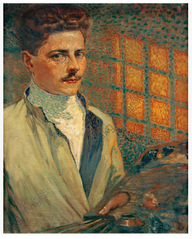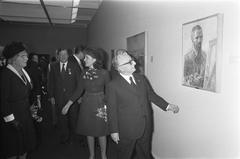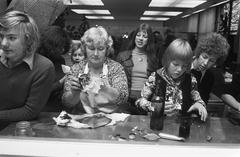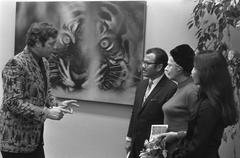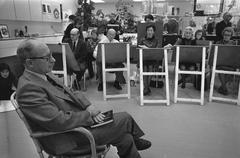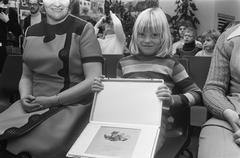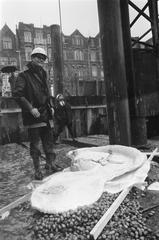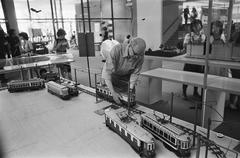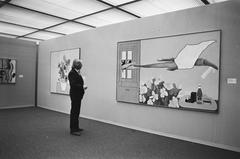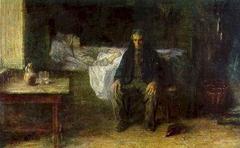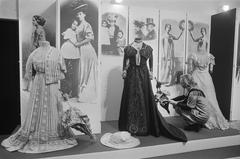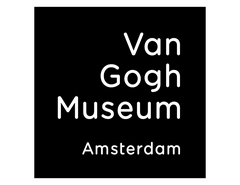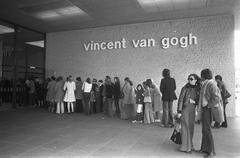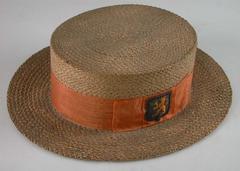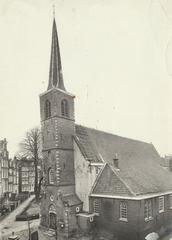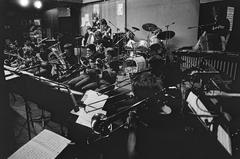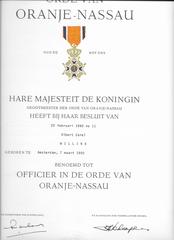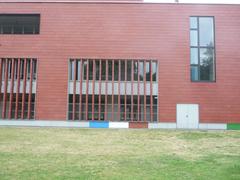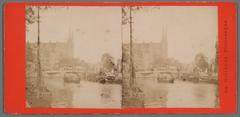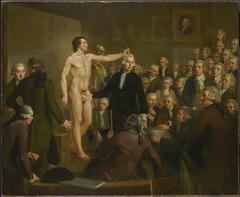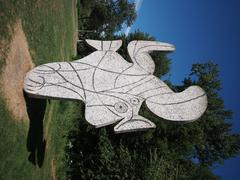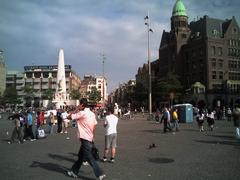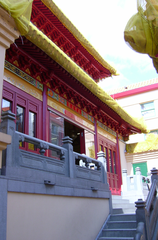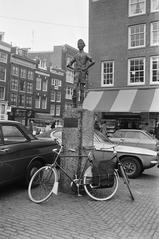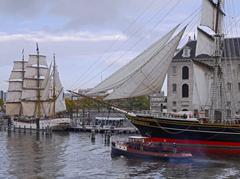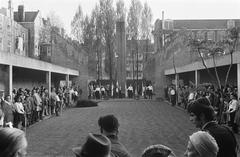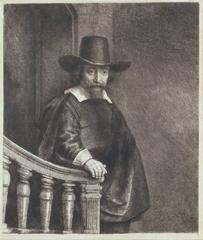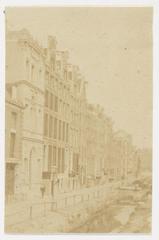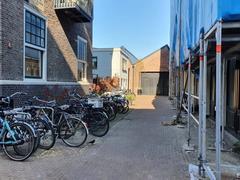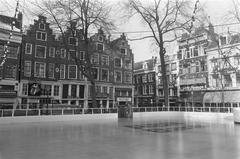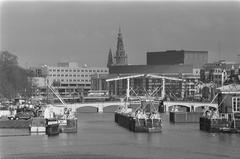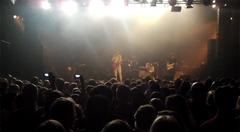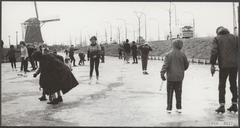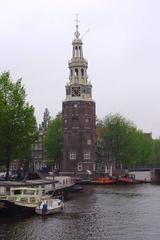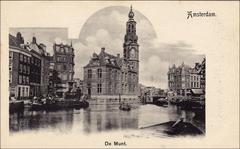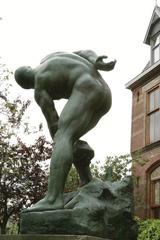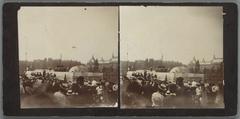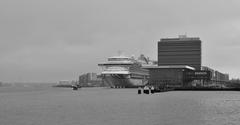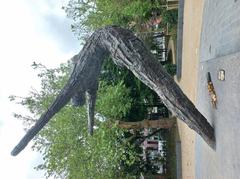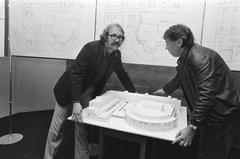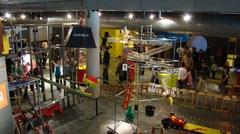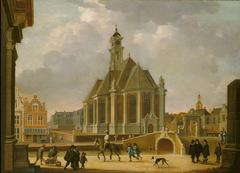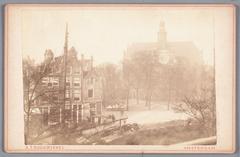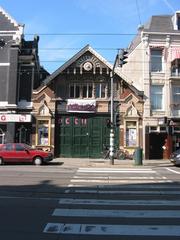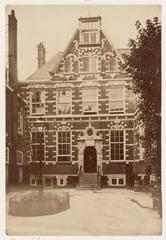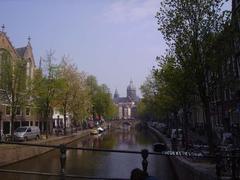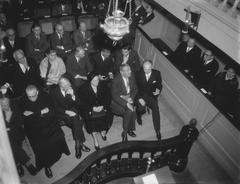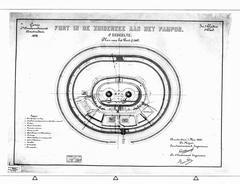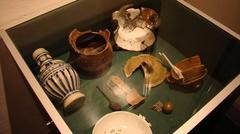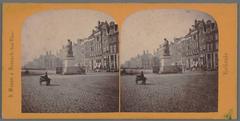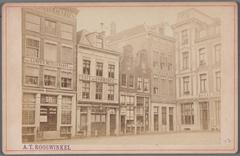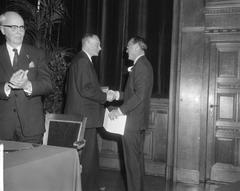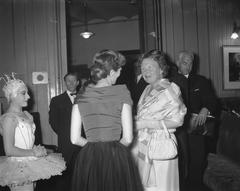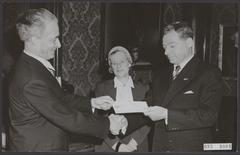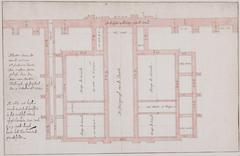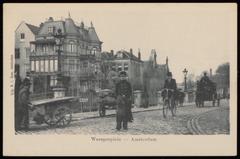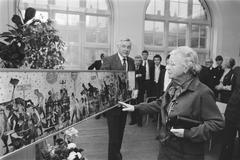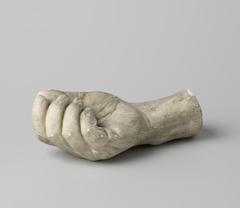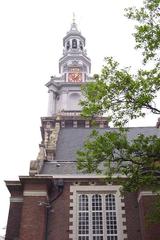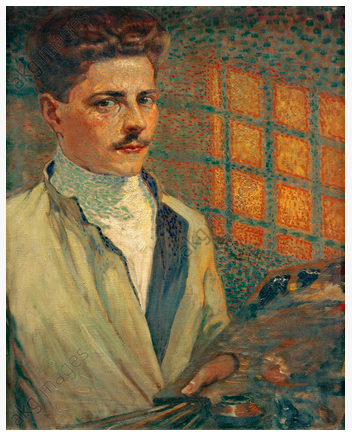
Van Gogh Museum Visiting Guide Amsterdam
Date: 16/07/2024
Introduction
The Van Gogh Museum in Amsterdam stands as a testament to the artistic genius of Vincent van Gogh, one of the most influential figures in Western art. Located in the vibrant Museumplein, the museum offers an unparalleled journey through Van Gogh’s life and works, showcasing the largest collection of his paintings and drawings in the world (Van Gogh Museum). Established in 1973, the museum not only preserves Van Gogh’s masterpieces but also delves into the broader context of the Post-Impressionist movement by featuring works from his contemporaries like Paul Gauguin and Henri de Toulouse-Lautrec. This guide aims to provide comprehensive insights into the Van Gogh Museum, covering its rich history, cultural significance, visitor information, and the educational and research contributions that make it a cornerstone of global art heritage.
Table of Contents
- [Origins and Establishment](#origins-and-establishmentorigins-and-establishment)
- [Expansion and Renovations](#expansion-and-renovationsexpansion-and-renovations)
- [Collection and Exhibitions](#collection-and-exhibitionscollection-and-exhibitions)
- [Visitor Experience and Accessibility](#visitor-experience-and-accessibilityvisitor-experience-and-accessibility)
- [Visitor Information](#visitor-informationvisitor-information)
- [Tickets and Visiting Hours](#tickets-and-visiting-hourstickets-and-visiting-hours)
- [Guided Tours and Special Events](#guided-tours-and-special-eventsguided-tours-and-special-events)
- [Photography Tips](#photography-tipsphotography-tips)
- [Educational and Research Initiatives](#educational-and-research-initiativeseducational-and-research-initiatives)
- [Significance and Legacy](#significance-and-legacysignificance-and-legacy)
- [FAQ](#faqfaq)
- [Conclusion](#conclusionconclusion)
Origins and Establishment
The Van Gogh Museum, located in Amsterdam, Netherlands, is dedicated to the works of the Dutch post-impressionist painter Vincent van Gogh and his contemporaries. The museum was established to house the extensive collection of Van Gogh’s works and personal artifacts, which were initially in the possession of his family. The idea for the museum was conceived by Vincent’s nephew, Vincent Willem van Gogh, who inherited the collection from his mother, Jo van Gogh-Bonger. Jo played a crucial role in promoting Vincent’s work after his death, organizing exhibitions and ensuring his legacy.
The museum officially opened its doors on June 2, 1973. The original building was designed by the Dutch architect Gerrit Rietveld, a prominent figure in the De Stijl movement. Rietveld’s design is characterized by its functionalist approach and clean lines, which complement the modernist aesthetic of Van Gogh’s work. The museum’s establishment was a significant cultural event, marking a dedicated space for the appreciation and study of Van Gogh’s art.
Expansion and Renovations
Over the years, the Van Gogh Museum has undergone several expansions and renovations to accommodate its growing collection and increasing number of visitors. In 1999, a new exhibition wing designed by the Japanese architect Kisho Kurokawa was added. This wing, known as the Kurokawa Wing, features a distinctive elliptical shape and provides additional space for temporary exhibitions and educational programs. The expansion allowed the museum to enhance its offerings and provide a more comprehensive experience for visitors.
In 2013, the museum underwent a major renovation to modernize its facilities and improve visitor services. The renovation included the installation of a new entrance hall, improved accessibility features, and updated exhibition spaces. The museum also implemented advanced climate control systems to ensure the preservation of its valuable collection. These renovations were completed in time for the museum’s 40th anniversary, reaffirming its commitment to providing a world-class experience for art enthusiasts.
Collection and Exhibitions
The Van Gogh Museum boasts the largest collection of Vincent van Gogh’s works in the world, with over 200 paintings, 500 drawings, and 700 letters. The collection includes some of Van Gogh’s most famous masterpieces, such as “The Potato Eaters,” “Sunflowers,” “The Bedroom,” and “Wheatfield with Crows.” These works are displayed in chronological order, allowing visitors to trace the development of Van Gogh’s artistic style and gain insight into his creative process.
In addition to Van Gogh’s works, the museum also houses an extensive collection of works by his contemporaries, including Paul Gauguin, Henri de Toulouse-Lautrec, and Georges Seurat. These works provide context for Van Gogh’s art and highlight the artistic movements and influences of the late 19th century. The museum regularly organizes temporary exhibitions that explore various aspects of Van Gogh’s life and work, as well as broader themes in art history.
Visitor Experience and Accessibility
The Van Gogh Museum is one of the most visited museums in the world, attracting over 2 million visitors annually. To enhance the visitor experience, the museum offers a range of amenities, including a café, a museum shop, and multimedia guides available in multiple languages. The museum also provides special programs and services for visitors with disabilities, ensuring that everyone can enjoy and appreciate Van Gogh’s art.
In recent years, the museum has embraced digital technology to reach a global audience. The museum’s website features virtual tours, online exhibitions, and educational resources, allowing people from around the world to explore Van Gogh’s works from the comfort of their homes. The museum also engages with audiences through social media platforms, sharing insights into its collection and behind-the-scenes content.
Visitor Information
Tickets and Visiting Hours
It is highly recommended to purchase tickets in advance through the official website. Ticket prices vary depending on age and special exhibitions. The museum is generally open daily from 9 AM to 6 PM, with extended hours on Fridays until 9 PM. Check the website for any changes in hours or special closures.
Guided Tours and Special Events
The museum offers a variety of guided tours, including private tours, group tours, and themed tours. Information on booking these tours can be found on the museum’s website. Look out for special events, including workshops, lectures, and temporary exhibitions, which are regularly updated on the website.
Photography Tips
Photography is allowed in designated areas, but flash and tripods are prohibited. There are several notable spots within the museum that offer great opportunities for photos.
Educational and Research Initiatives
The Van Gogh Museum is not only a place for viewing art but also a center for education and research. The museum offers a wide range of educational programs for visitors of all ages, including guided tours, workshops, and lectures. These programs aim to deepen visitors’ understanding of Van Gogh’s art and its historical context. The museum also collaborates with schools and universities to develop educational materials and resources.
The museum’s research department conducts scholarly research on Van Gogh’s life and work, contributing to the broader field of art history. The department publishes its findings in academic journals and organizes conferences and symposia to share knowledge with the international art community. The museum’s library and archives are valuable resources for researchers, providing access to a wealth of primary and secondary sources related to Van Gogh and his contemporaries.
Significance and Legacy
The Van Gogh Museum holds a unique place in the art world, serving as a testament to Vincent van Gogh’s enduring legacy. The museum’s comprehensive collection and innovative exhibitions have made it a leading institution for the study and appreciation of Van Gogh’s art. The museum’s commitment to education and research ensures that Van Gogh’s work continues to inspire and inform future generations.
The museum’s impact extends beyond the art world, contributing to Amsterdam’s cultural and economic vitality. The museum is a major tourist attraction, drawing visitors from around the globe and supporting the city’s hospitality and tourism industries. The Van Gogh Museum’s success demonstrates the power of art to connect people across cultures and generations, fostering a deeper understanding of the human experience.
FAQ
What are the opening hours of the Van Gogh Museum?
- The museum is generally open daily from 9 AM to 6 PM, with extended hours on Fridays until 9 PM. Check the official website for any changes in hours or special closures.
How much are tickets to the Van Gogh Museum?
- Ticket prices vary depending on age and special exhibitions. It is best to check the official website for the most up-to-date pricing and to purchase tickets in advance.
Are guided tours available at the Van Gogh Museum?
- Yes, the museum offers a variety of guided tours, including private tours, group tours, and themed tours. Information on booking these tours can be found on the museum’s website.
Is photography allowed inside the Van Gogh Museum?
- Photography is allowed in designated areas, but flash and tripods are prohibited. There are several notable spots within the museum that offer great opportunities for photos.
Conclusion
Visiting the Van Gogh Museum in Amsterdam is more than just an art tour; it’s an immersive experience into the life, struggles, and triumphs of Vincent van Gogh. The museum’s extensive collection, ranging from his early Dutch works to his vibrant French period, offers a profound understanding of his artistic evolution. Beyond its impressive collection, the museum’s commitment to education, research, and community engagement ensures Vincent van Gogh’s legacy continues to inspire future generations. The museum’s global influence and recognition, coupled with its technological innovations and accessibility initiatives, make it a must-visit destination for art lovers around the world. For those planning a visit, the museum’s official website provides all the necessary information, including ticket booking, visiting hours, and special exhibitions (Van Gogh Museum).
References
- Visiting the Van Gogh Museum - History, Tickets, and Visitor Tips Van Gogh Museum
- Visiting the Van Gogh Museum - Hours, Tickets, History, and More Van Gogh Museum
- Essential Visitor Tips for the Van Gogh Museum - Tickets, Hours, and More Van Gogh Museum
